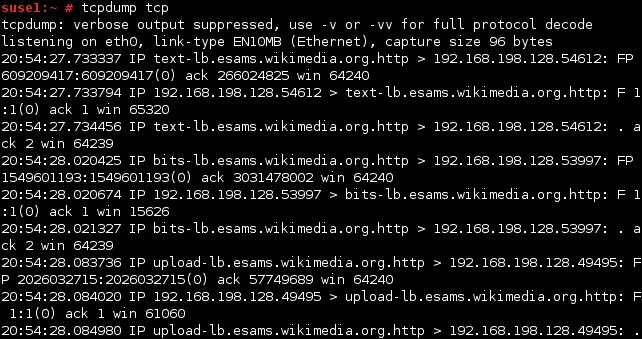
Open a second console, and then get a list of pods by running kubectl get pods, as shown below. To stop the packet capture when you're done, press Ctrl+C: # tcpdump -s 0 -vvv -w /capture.capĪfter you complete the packet capture, identify the helper pod so you can copy the dump locally. Note the time stamp while you replicate the issue. This action ensures the issue has been captured within the TCP dump. While the trace is running, replicate your issue many times. Tcpdump: listening on eth0, link-type EN10MB (Ethernet), capture size 262144 bytes To capture the dump, run the tcpdump command as follows: # tcpdump -snapshot-length=0 -vvv -w /capture.cap If tcpdump is installed, something similar to the following text appears: # tcpdump -version
EDGEVIEW TCP DUMP INSTALL
Then install tcpdump on your pod by running the Advanced Package Tool's package handling utility, apt-get: apt-get update & apt-get install tcpdump If tcpdump hasn't been installed, the following error text appears: # tcpdump -version Step 3: Make sure tcpdump is installedĪfter you've established a connection to the AKS Linux node, verify the tcpdump tool has been previously installed on a node by running tcpdump -version. For more information, see Create an interactive shell connection to a Linux node. The next step is to establish a connection to the AKS cluster node that you want to capture the network trace from. A node list that's similar to the following output appears: $ kubectl get nodes -output wide


Follow the instructions to connect to the cluster and run the kubectl get nodes -output wide command using the Azure portal or Azure CLI.

How do you determine which node to pull the TCP dump from? You first get the list of nodes in the AKS cluster using the Kubernetes command-line client, kubectl. For more information, see this custom GitHub tool for capturing TCP dumps, or use the steps in the following sections. You can automate TCP capture through a Helm chart, which can run in the background as a DaemonSet.


 0 kommentar(er)
0 kommentar(er)
